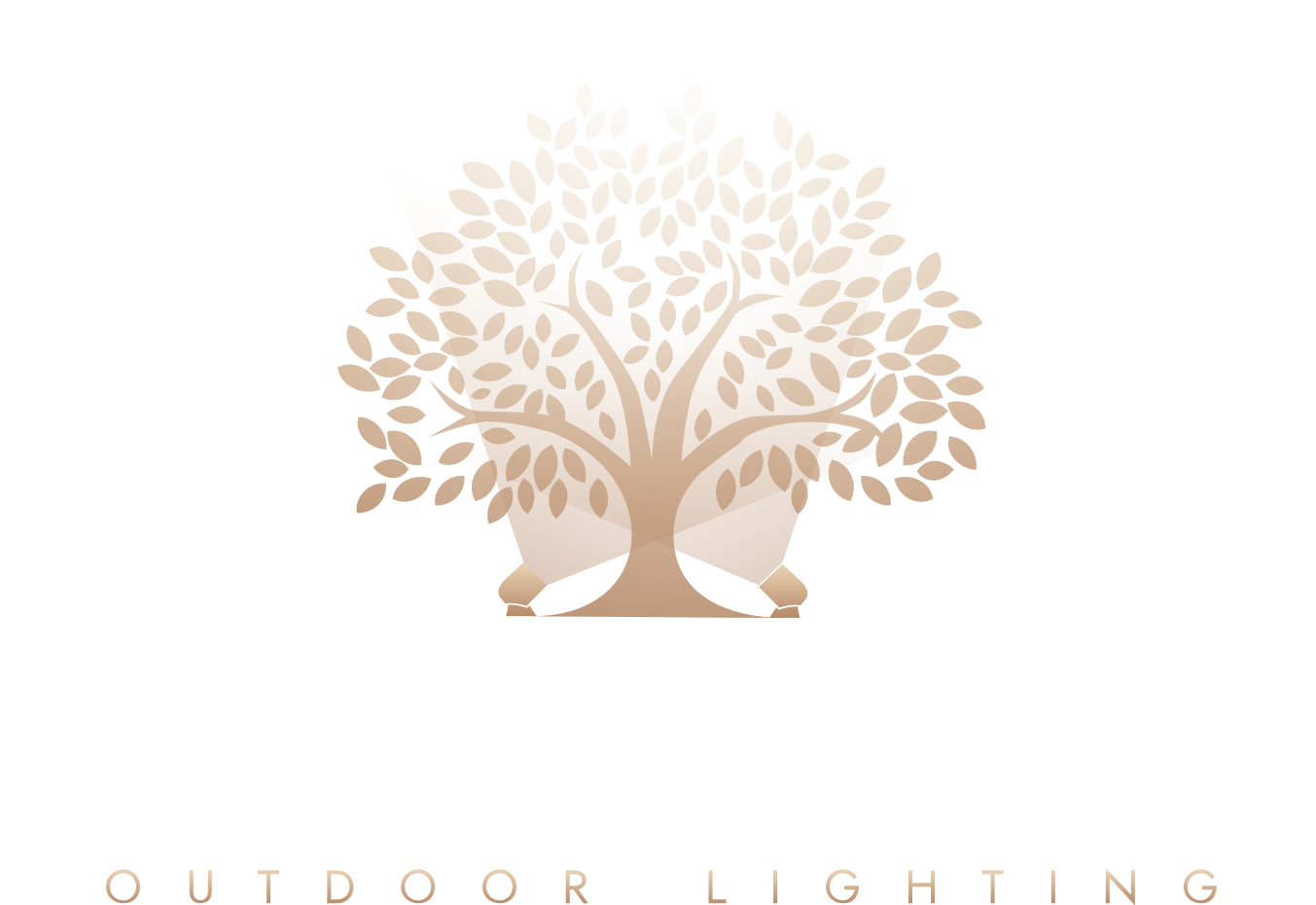When it comes to enhancing your home’s exterior, outdoor lighting plays a pivotal role. Not only does it illuminate your unique outdoor spaces, but it also adds to the aesthetic appeal and safety of your property. Whether you’re looking to create a cozy ambiance for evening gatherings or ensure safety lighting for pathways, understanding the best practices for installing outdoor lighting can make all the difference. In this guide, we’ll walk you through everything you need to know, from choosing high-quality fixtures to professional installation tips. Let’s dive in!
Understanding Your Outdoor Lighting Needs
Before you rush out to buy the latest outdoor lighting fixtures, take a moment to assess your specific needs. What do you want to achieve with your home illumination? Are you aiming for a warm, inviting atmosphere, or do you need bright lights for security purposes? Understanding your goals will help you choose the right lighting design.
Consider the areas you want to illuminate. Do you have a beautiful garden that deserves to be showcased at night? Or perhaps a long driveway that needs safety lighting? Make a list of all the spaces you want to light up. This will guide your decisions on the types of fixtures and their placements.
Next, think about the style of your home and landscape. The outdoor lighting you choose should complement your existing architecture and landscaping. For instance, if you have a modern home, sleek, minimalist fixtures might be the way to go. On the other hand, if your home has a rustic charm, consider fixtures that reflect that style.
Finally, don’t forget about energy efficiency. With so many options available, you can find outdoor lighting solutions that not only look great but also save you money on your energy bills. LED lights, for example, are a fantastic choice for outdoor lighting as they consume less power and have a longer lifespan compared to traditional bulbs.
Choosing High-Quality Fixtures
Once you’ve identified your needs, it’s time to select high-quality fixtures that will stand the test of time. Investing in durable outdoor lighting is crucial, as these fixtures will be exposed to the elements year-round. Look for lights made from materials like stainless steel or weather-resistant plastic, which can withstand rain, snow, and UV rays.
When shopping for outdoor lighting, consider the brightness and color temperature of the bulbs. A warm white light (around 2700K) creates a cozy atmosphere, perfect for entertaining guests. In contrast, cooler white lights (around 5000K) are better suited for security lighting, as they provide a brighter, more alert feel.
Don’t forget to check the IP rating of your fixtures. This rating indicates how well the light is protected against dust and moisture. For outdoor use, look for fixtures with an IP rating of at least 65, which ensures they are well-protected against the elements.
Lastly, consider the design of the fixtures. They should not only be functional but also enhance the beauty of your outdoor spaces. Whether you prefer wall-mounted sconces, path lights, or spotlights, choose designs that align with your overall aesthetic.
Planning Your Lighting Layout
Now that you have your fixtures, it’s time to plan your lighting layout. This step is crucial for achieving the desired effect and ensuring that your outdoor lighting is both functional and beautiful. Start by sketching a rough layout of your outdoor space, marking where you want to place each light fixture.
Consider the purpose of each light. For example, path lights should be spaced evenly along walkways to provide safety and guidance. Spotlights can be used to highlight architectural features or landscaping elements, while wall-mounted lights can create a warm glow on patios or decks.
When planning your layout, think about the height and angle of each fixture. Lights that are too low may not provide adequate illumination, while those that are too high may create harsh shadows. A good rule of thumb is to install path lights at around 12-18 inches above the ground and spotlights at a height that allows them to cast light effectively without being obtrusive.
Also, consider the distance between fixtures. Too much space can leave dark spots, while fixtures that are too close together can create an overly bright area. Aim for a balance that provides even illumination throughout your outdoor spaces.
Professional Installation vs. DIY
When it comes to installing outdoor lighting, you might be tempted to take the DIY route. While this can save you money, there are several factors to consider before making that decision. If you have experience with electrical work and feel confident in your abilities, you might successfully install your lighting. However, if you’re unsure, hiring a professional can ensure that the job is done safely and correctly.
Professional installation has several advantages. First, it guarantees that your lighting is installed according to local codes and regulations, which is essential for safety and insurance purposes. Additionally, professionals have the expertise to recommend the best lighting design and placement for your unique outdoor spaces.
Moreover, a professional installer can help you choose energy-efficient options that align with your goals for sustainability. They can also provide maintenance services to keep your outdoor lighting in top shape, ensuring customer satisfaction in the long run.
If you decide to go the DIY route, make sure to follow all safety precautions. Turn off the power before starting any electrical work, and consult the manufacturer’s instructions for each fixture. If you encounter any challenges, don’t hesitate to reach out to a professional for assistance.
Maintaining Your Outdoor Lighting
Once your outdoor lighting is installed, the work isn’t over. Regular maintenance is key to ensuring that your fixtures continue to function well and look great. Start by cleaning your lights periodically to remove dirt, dust, and debris that can accumulate over time. Use a soft cloth and a mild detergent to gently wipe down the fixtures.
Check the bulbs regularly to ensure they are functioning properly. If you notice any flickering or burned-out bulbs, replace them promptly to maintain the safety and aesthetic appeal of your outdoor spaces. It’s also a good idea to inspect the wiring and connections for any signs of wear or damage.
For those who opted for professional installation, consider scheduling regular maintenance services. Many companies offer packages that include seasonal checks and bulb replacements, which can save you time and hassle in the long run.
Lastly, keep an eye on the landscaping around your fixtures. Overgrown plants can obstruct light and create dark spots in your outdoor areas. Regularly trim back any foliage that may interfere with your lighting design.
Creating a Welcoming Atmosphere
Outdoor lighting isn’t just about functionality; it’s also about creating a welcoming atmosphere. Think about how you want your outdoor spaces to feel in the evening. Soft, warm lighting can create a cozy environment for gatherings, while brighter lights can enhance safety and visibility.
Layering your lighting is an effective way to achieve the desired ambiance. Combine different types of fixtures, such as path lights, wall sconces, and spotlights, to create depth and interest. For example, use path lights to guide guests along walkways, while wall-mounted lights can illuminate seating areas.
Consider incorporating dimmers or smart lighting systems that allow you to adjust the brightness based on the occasion. This flexibility can help you create the perfect atmosphere for everything from intimate dinners to lively parties.
Finally, don’t forget to highlight any unique features of your outdoor spaces. Whether it’s a beautiful tree, a stunning sculpture, or a water feature, using spotlights to draw attention to these elements can enhance the overall beauty of your home’s exterior.
Conclusion
Installing outdoor lighting is an excellent way to enhance your home’s curb appeal, improve safety, and create inviting spaces for relaxation and entertainment. By understanding your needs, choosing high-quality fixtures, planning your layout, and considering professional installation, you can achieve stunning results. Remember to maintain your lighting regularly and create a welcoming atmosphere that reflects your personal style. With these best practices, you’ll transform your outdoor areas into beautiful, illuminated spaces that you can enjoy all year round.
FAQs
What types of outdoor lighting are best for safety?
For safety lighting, consider using path lights, floodlights, and motion-sensor lights. These options provide adequate illumination for walkways and entry points, helping to prevent accidents and deter intruders.
How can I make my outdoor lighting more energy-efficient?
To enhance energy efficiency, opt for LED bulbs, which consume less power and last longer than traditional bulbs. Additionally, consider installing timers or smart lighting systems that allow you to control when your lights are on.
Can I install outdoor lighting myself?
Yes, if you have experience with electrical work and feel confident, you can install outdoor lighting yourself. However, hiring a professional ensures safety and compliance with local codes.
How often should I maintain my outdoor lighting?
It’s a good idea to check your outdoor lighting at least twice a year. Regular maintenance includes cleaning fixtures, checking bulbs, and inspecting wiring for any signs of wear.
What are some creative ways to use outdoor lighting?
Consider using outdoor lighting to highlight unique features like trees, sculptures, or architectural elements. Layering different types of lighting can also create a dynamic and inviting atmosphere for your outdoor spaces.

